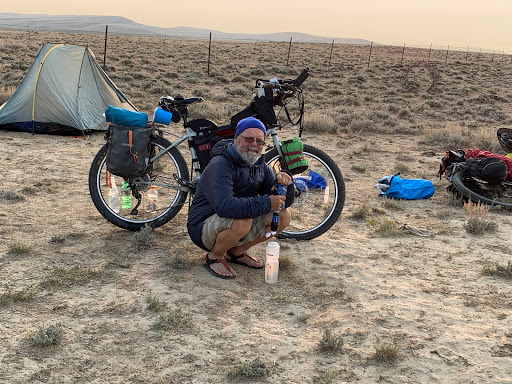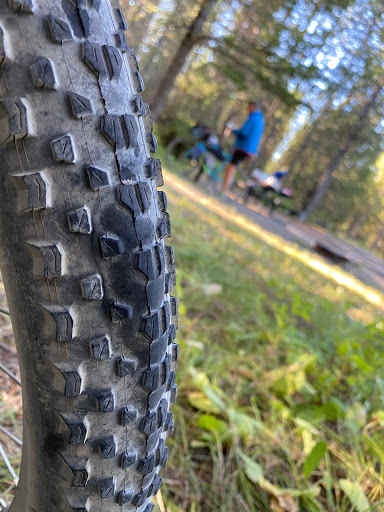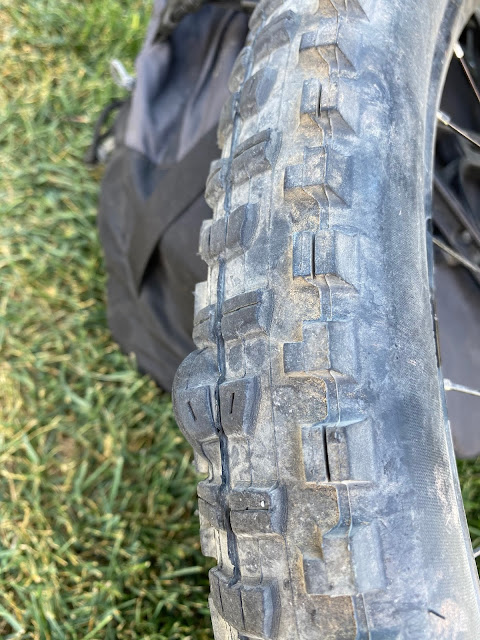If you are eager for company while riding the 184.5-mile C&O Canal trail linking Washington, D.C., to Cumberland, MD, plan your trip for a fair-weather Labor Day weekend and you won’t be disappointed.
Alas, as I discovered during a three-day shakedown tour on the trail during the recent holiday weekend, the throngs of touring cyclists—along with the multitude of wagon-hauling parking-lot-to-campsite-hiker/campers—means breathing room may be scarce in the national park’s 31 free hiker-biker campsites.
I lucked out on the first night of my weekend adventure after 77.5 miles in the saddle when a generous group of families invited me to set up my tent at their paid drive-in Antietam Creek campsite at Mile 69.6—after finding that the Huckleberry Hill hiker-biker site where I had intended to camp at Milepost 62.9—was already jammed.
 |
| Antietam Creek |
On my second night out, I shared the airier White Rock Hiker-Biker site at Mile 126.4 west of Hancock MD with five other extremely courteous touring cyclists and never felt that personal space was lacking.
I originally planned to do the return ride home in two days but got ambitious and rode the entire 133.3 miles on my third day out.
Encouraging me was that the park service has dramatically improved the tow path’s trail surface over the past several years. In fact, more than 40 miles of the trail between around White’s Ferry MD to the cut-off to Shepherdstown, WV, is now covered with packed rolled gravel that rides like asphalt.
 |
| Improved surface |
My bike redesign proved itself to be a tremendous success. By swapping out my rear rack and panniers for a seat postpack and handlebar harness, and then packing far more judiciously, I cut 10 pounds from the bike’s overall load. I could certainly feel the difference in weight during the riding and was able to rev up my traditional pace by up to several miles per hour.
For me, it’s the aerobars—the handlebar attachments that allow me to carry much of my weight on my elbows instead of on my hands—that makes the longer rides possible. When you get them tuned just right, you can cruise comfortably on them for many miles.
When I do this route again—possibly adding the 150-mile Great Allegheny Passage connecting trail linking Cumberland to Pittsburgh—I will use a hammock instead of a tent. I have found that my tent collects too much dew and vapor condensation on this trail, which meanders along the Potomac River.
The hammock also makes it far easier to “stealth camp” along the trail if and when the designated campsites are overly congested.
 |
| Home 133.3 miles later |













